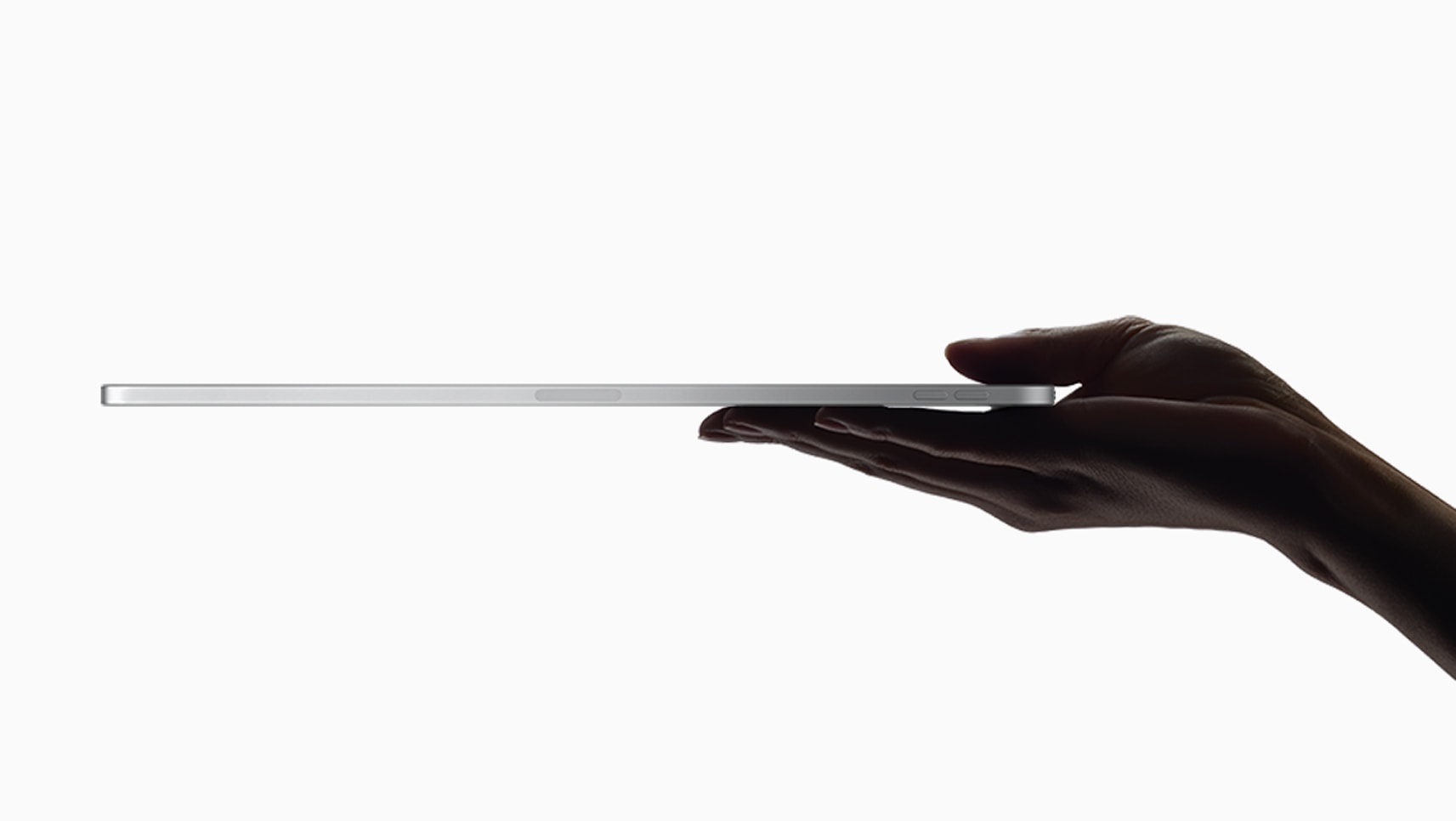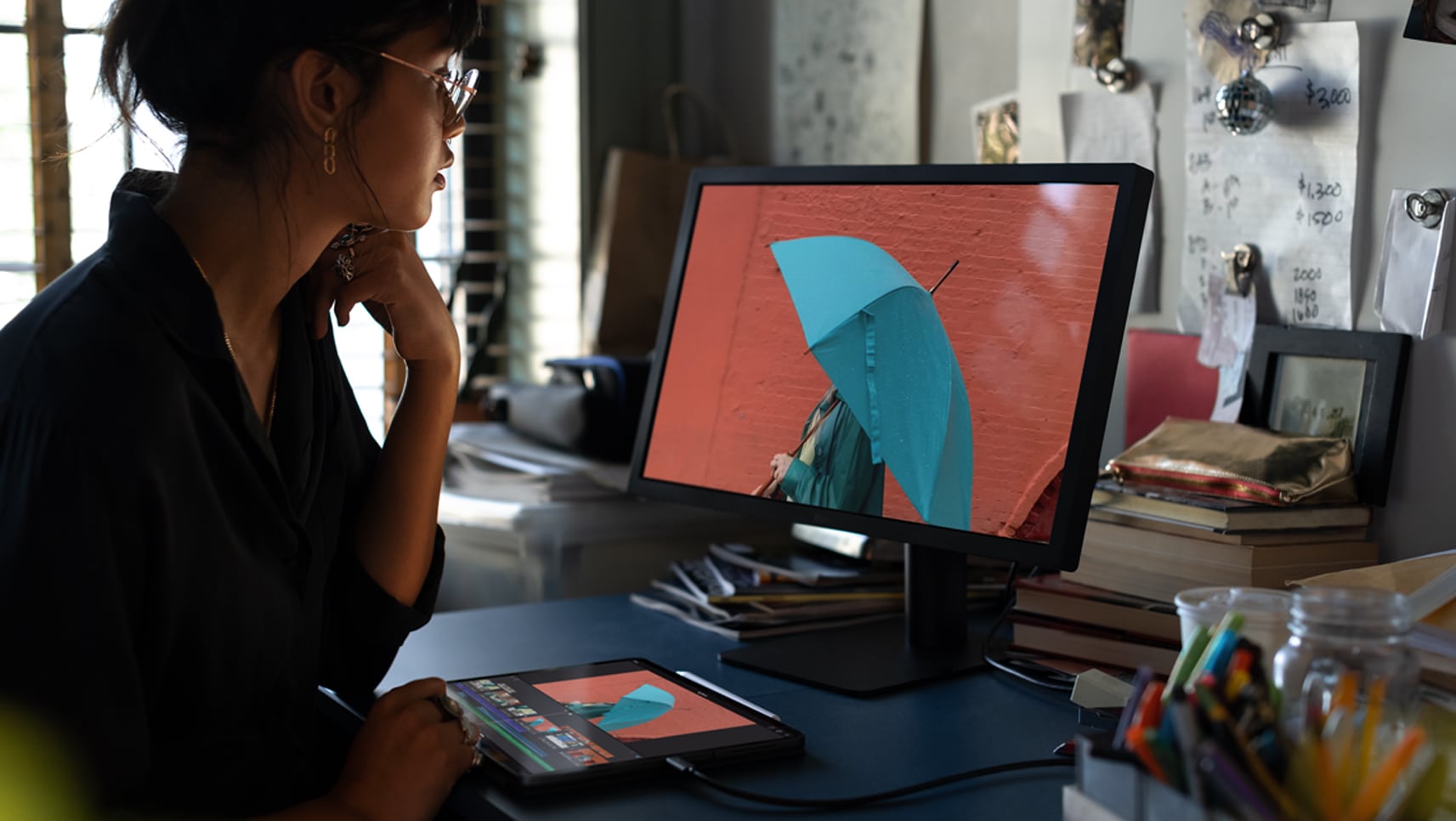The new iPad Pro is amazing. It’s lighter, faster, better looking, and all-around cooler than its dorky older brother. While the old 12.9-inch iPad Pro is ironing faux leather patches onto the elbows of its corduroy jacket, the new one is ripping holes into the knees of its vintage jeans.
But there are still some things that the 2018 iPad Pro can’t do. And these shortcomings aren’t down to hardware. They’re all down to software, and the limitations still built in to iOS 12. Let’s take a look.
Amazing hardware hobbled by backward-looking software

Photo: Apple
Despite Apple’s line — repeated in many articles this week —that this iPad is finally powerful enough to be “real” computer, the iPad has long been a legitimate Mac replacement in terms of power. The difference between the Mac and the iPad isn’t down to the speed of their silicone — it’s down to the software. The iPad just can’t do some things that are easy on the Mac.
I’m not spouting the argument that you can’t get real work done on the iPad. That crap only comes from people who haven’t bothered to try working on an iPad in recent years, or who believe that a mouse pointer is the only true way to use a computer. Those folks can safely be ignored, like the embarrassing uncle everyone ignores at Thanksgiving. In fact, they’re probably the same actual person.
But there are some fundamental parts missing from iOS that really do make some tasks impossible, or at least very hard to do.
No external storage

Photo: Apple
Eight years after the iPad first appeared, we still can’t hook a hard drive or a thumb drive up to it. The capability to read USB storage has been there since day one — you have always been able to pull photos and videos off USB sticks, and SD cards, and even external USB hard drives. But that’s it. No other file types are supported, and you can’t save anything out to the connected storage.
Keeping an iPad hooked up to an external drive is clearly impractical, but no more so than for a MacBook. And professionals need to get big files, or lots of files, on and off their machines. Photos, video clips, music files, and so on. The cloud may be ubiquitous, but the fastest internet connection is still slower than a USB 3.1 wire. And not everyone is allowed to put sensitive material onto cloud storage.
You should be able to hook up an external drive, or connect to a Ethernet-connected storage, and work from it using the Files app.
Now that the iPad Pro has USB-C, this deficiency is even more obvious. My guess is that Apple will add this in iOS 13.
Local backups
If you want to run daily backup of your iPad or iPhone, the choices are iCloud, and iTunes. iCloud is great, but it’s not a local copy, in your own hands. And neither is it as private as a local, offline backup.
The iPad should be able to make its own backups, without having to rely on a Mac that is switched on and running iTunes. Something like Time Machine would be cool. It could back up to a drive attached to your router, and it should also work to restore those backups to your devices.
Podcasting
Podcasting itself might be a niche task, but the steps involved are anything but. If you want to record a podcast on the Mac, you just fire up Skype, and route its audio, and your microphone’s audio, into the recording app of your choice.
On iOS, that’s impossible. While inter-app audio is possible, and widespread, on iOS, Skype doesn’t support it. This means that you can’t listen to your Skype callers and record your own mic at the same time.
Now, this is partially Skype’s fault for not supporting built-in iOS audio-routing, but it also highlights the fact that iOS relies too much on the whim of third-party developers to implement what should be built-in features.
iTunes Music
You just spent $1,500 on a new portable computer from Apple. Now, you want to use it to listen to some music. Maybe you downloaded some MP3s from your favorite band on Bandcamp. Or perhaps you’re a musician and you want to add your own music to the music library on this new computer.
Tough. You can’t. The only way to get music into your iOS music library is to first add it to iTunes on a Mac or a PC, and then transfer it to your iPad. There’s not much more to say on this, other than that it’s an absurd omission, of which Apple should be ashamed.
Fixes
There may be more constraints that hold iOS back, but these seem to be the fundamental ones. And they’re all software problems. That’s not to say that local backup that doesn’t screw stuff up is easy to build. Just that it’s essential for people using the iPad as a full replacement for a Mac. If anyone can solve these problems, Apple can.
The thing that worries me, though, is that Apple’s focus is mostly on regular folks, the people who buy a zillion iPhones a year. The problems I’ve mentioned above are serious omissions, but they’re also niche problems. Most buyers won’t care. But for those who do care, the problems are enough to make iOS unviable for pro work, despite the iPad being perhaps Apple’s best portable computer right now.
Hopefully Apple’s big promotional message about this new iPad Pro really being pro is a signal that it’s going to fix this stuff. If not, then this beatiful, super-powerful machine will never replace the Mac.
![Here’s what the 2018 iPad Pro still can’t do [Opinion] If you buy the 64GB iPad Pro, you're getting ripped off.](https://www.cultofmac.com/wp-content/uploads/2018/11/iPad-Pro_creative-sketch_10302018.a7daeb1dd26f46a8b08cdcdcc3a47f34.jpg)

